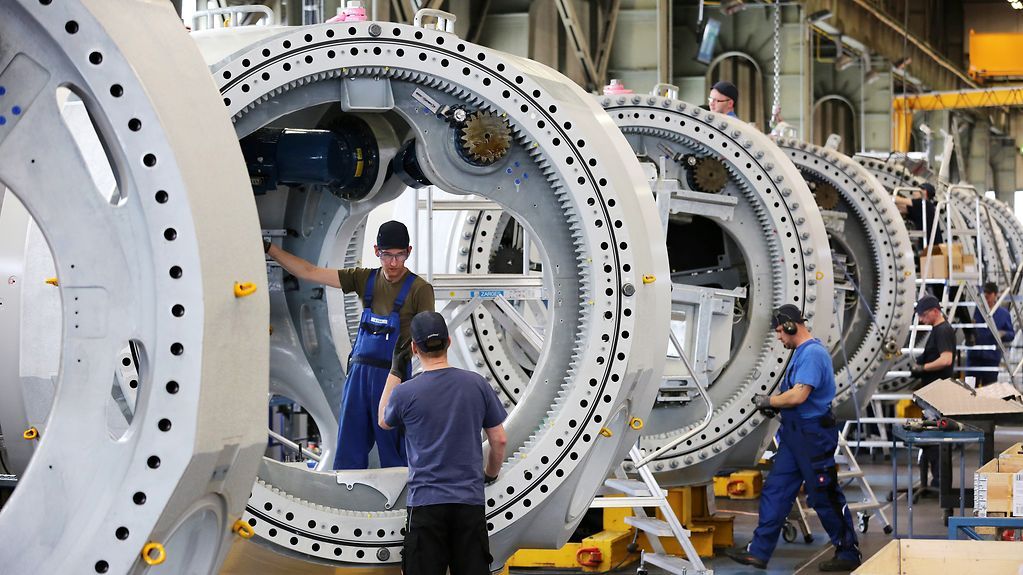The growth of the German economy since 1991 has been driven largely by productivity growth, as price-adjusted GDP per employee has increased 25.4% since 1991, according to KfW bank.
To calculate price-adjusted GDP, the Federal Statistical Office (Statistisches Bundesamt) uses a chained index based on the previous year’s prices.
In 2022, GDP per capita at current prices was €46,149, while GDP per person employed at current prices was €84,860.
The German economy is one of the largest in the world, with an annual GDP of €3,867.05 billion in 2022.
After a pandemic-induced decline of 3.7% in 2020, price-adjusted GDP increased by 2.6% in 2021 and 1.8% in 2022.
Thus, the German economy managed to recover from the sharp decline experienced during the first year of the pandemic and price-adjusted GDP in 2022 was 0.6% higher than in 2019, the year before the start of the Covid-19 pandemic.
Compared to the 1991 level, which represents the first full year after German reunification on October 3, 1990, price-adjusted GDP rose 47.0 percent.
German economy
As in many advanced economies, the Federal Republic’s service sector has become the largest contributor to GDP (in terms of gross value added).
In 2022, services accounted for 69.3 percent of gross value added, measured at current prices, up from 61.9 percent in 1991.
The two largest subsectors are «trade, transportation, accommodation and food services», which will account for 17.0% in 2022, compared to 16.1% in 1991, and «public services, education, health», which will account for 18.8% of gross value added in 2022, compared to 15.9% in 1991.
The production sector (excluding construction) generated 23.5% of gross value added, compared to 30.8% in 1991.
Construction contributed 6% to gross value added in 2022, up from 6% in 1991, and agriculture, forestry and fishing accounted for 1.2% of gross value added in 2022, up from 1.2% in 1991.
In 2022, private final consumption expenditure totaled 51.2 percent of GDP at current prices, gross capital formation amounted to 24.8 percent, and public final consumption expenditure equaled 21.9 percent.
Exports and imports of goods and services accounted for 50.3 and 48.3 percent of GDP at current prices, respectively.
Germany‘s trade surplus has declined substantially due to deteriorating terms of trade as a result of Russia‘s invasion of Ukraine.
In 2022, the trade balance (according to national accounting) showed a surplus equivalent to 2.1% of GDP (2021: 5.3% of GDP).

